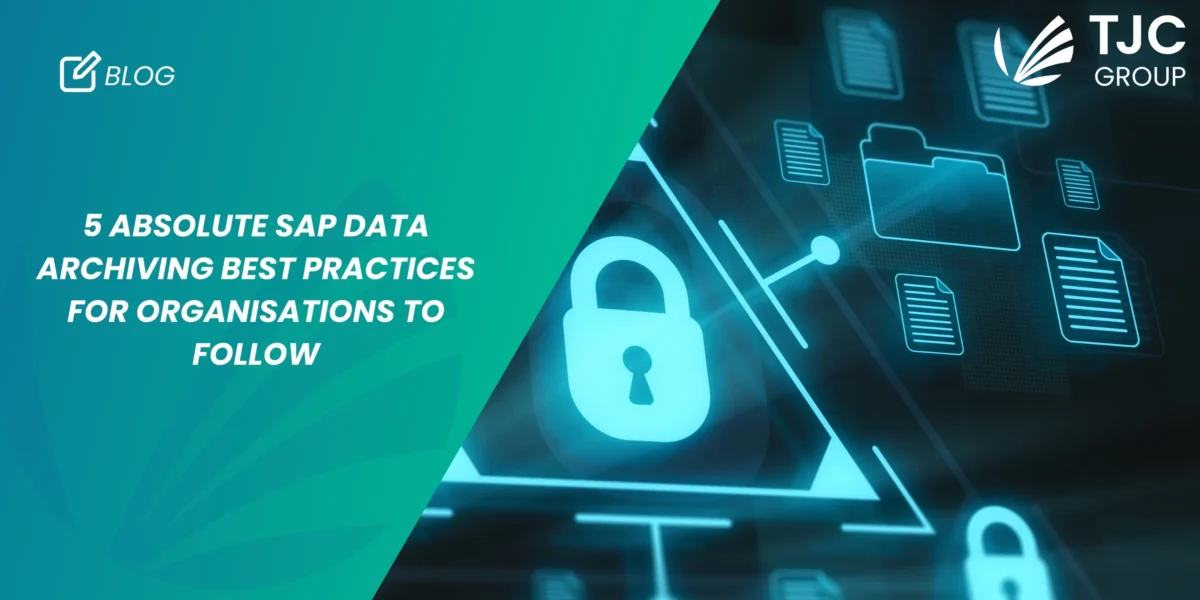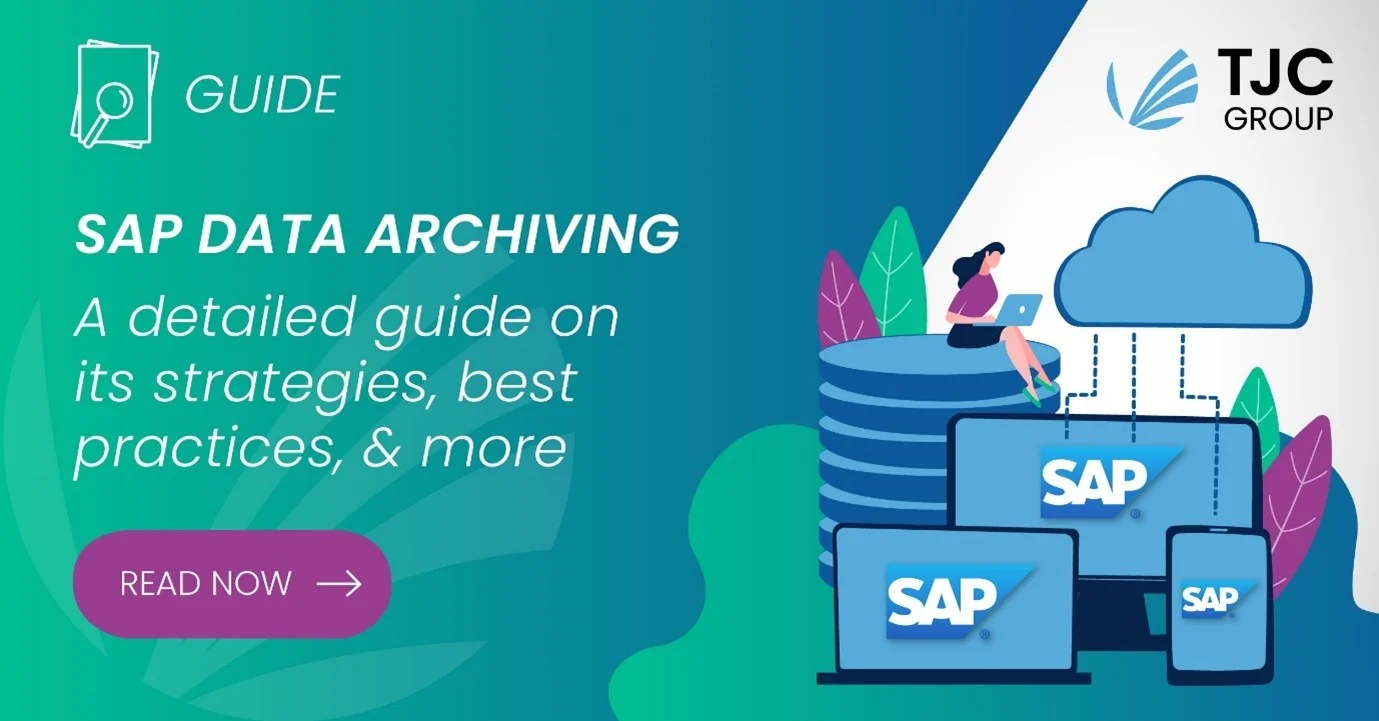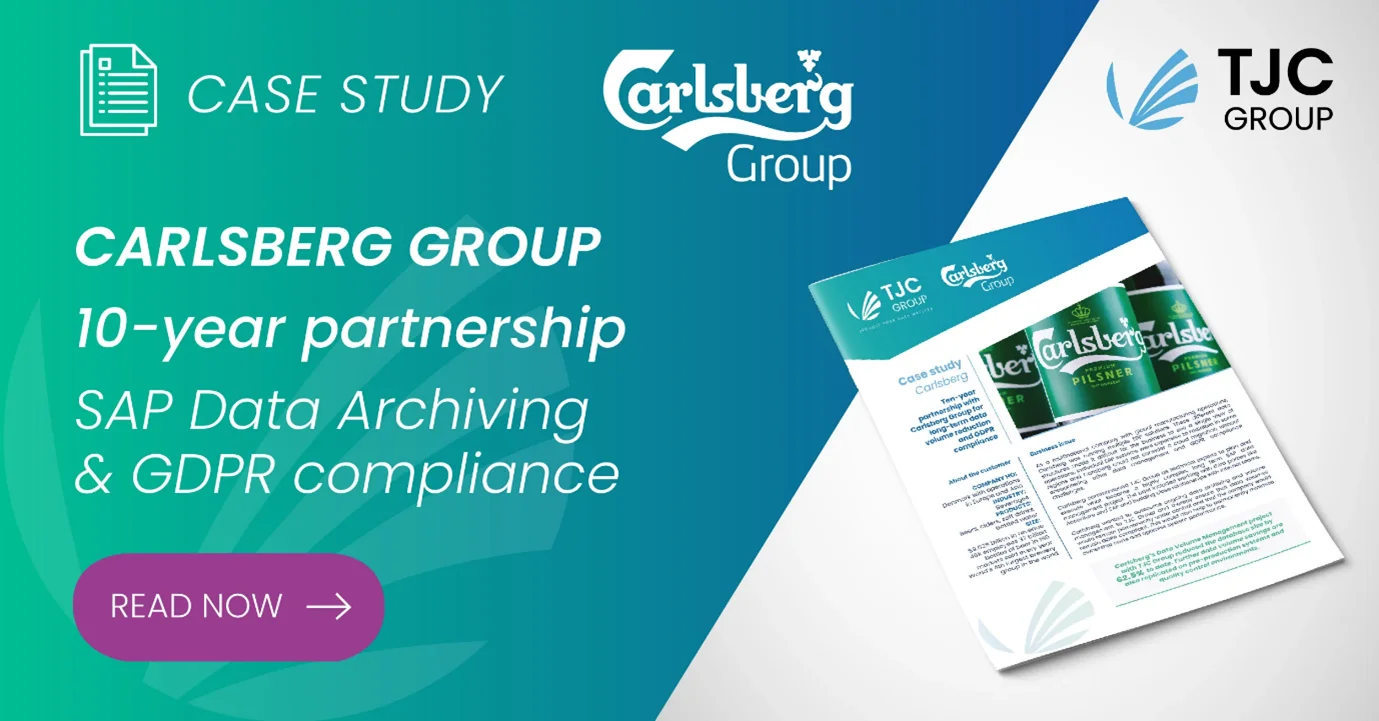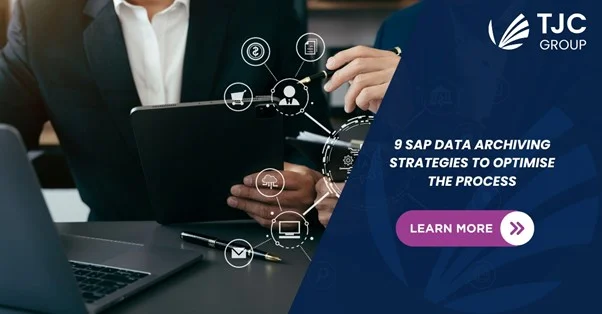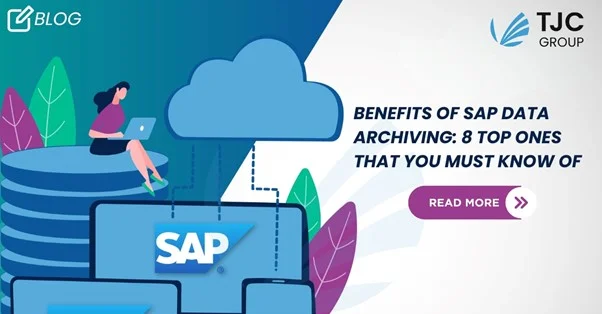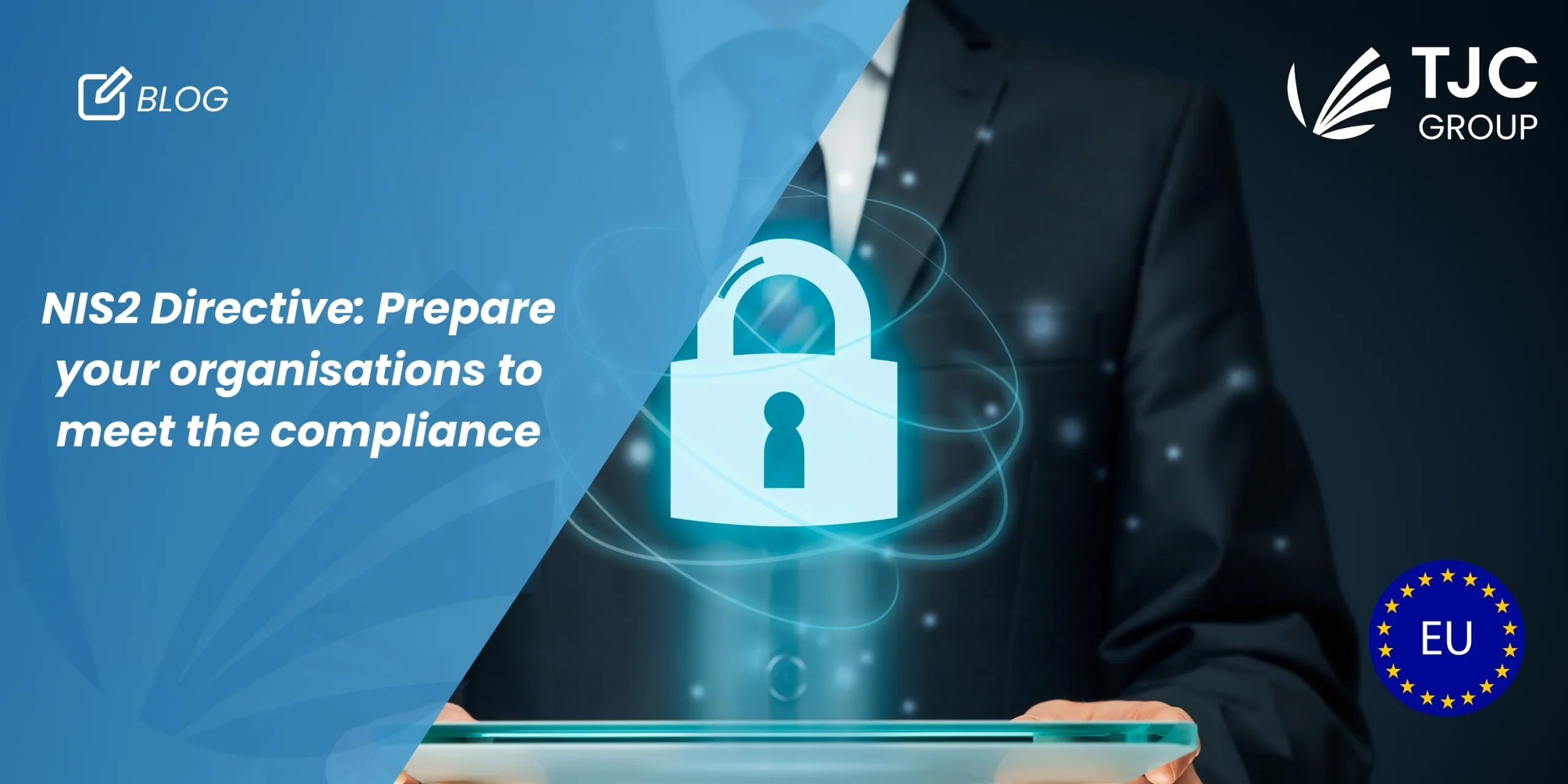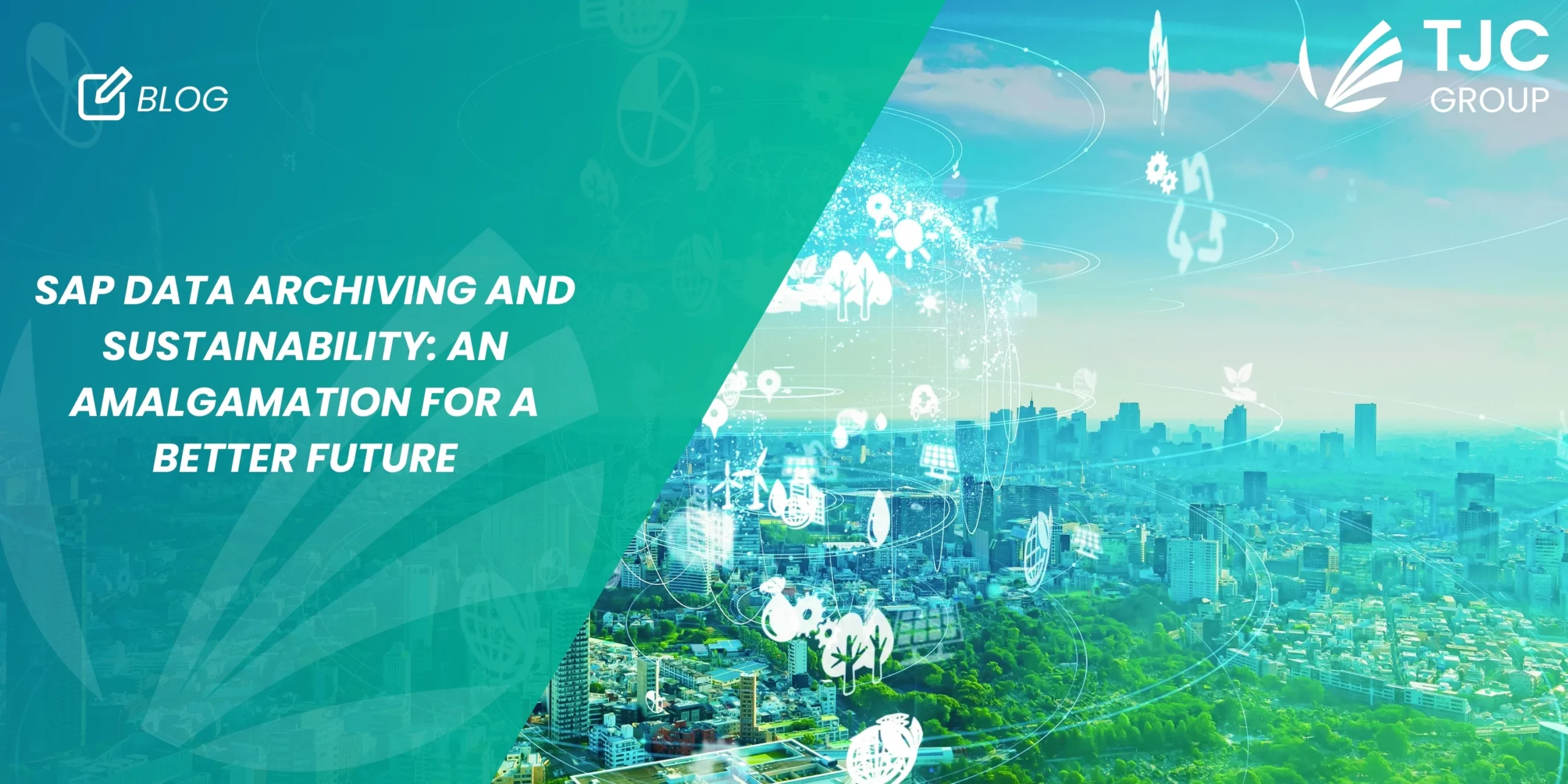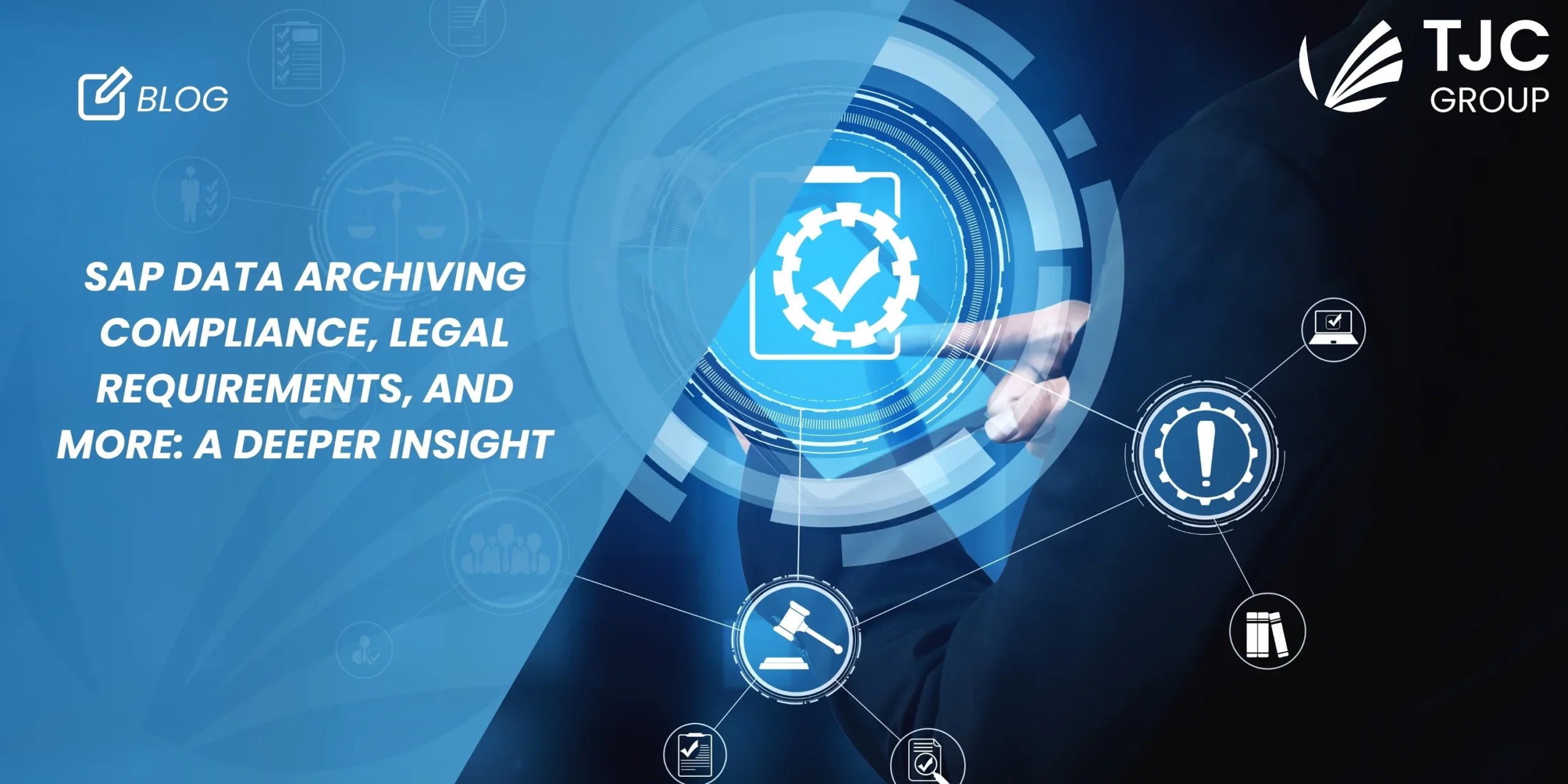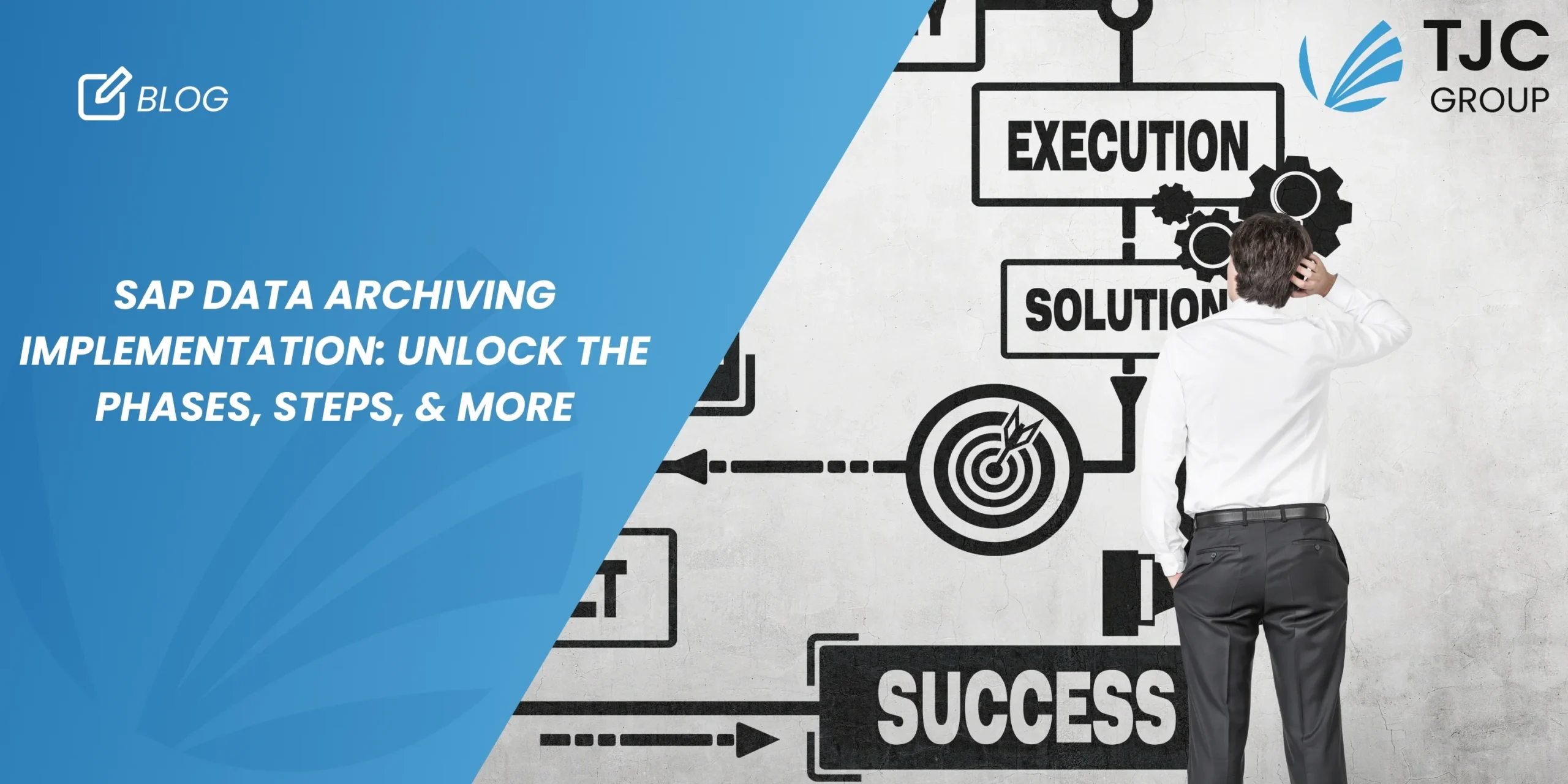Author: Priyasha Purkayastha, Global Content Manager, TJC Group | Co-author: Archiving Council, TJC Group
From optimising system performance to reducing digital carbon footprint, SAP data archiving has a plethora of benefits for organisations. However, a process without implementing the best techniques can lead to slower results. In this blog, let’s quickly talk about the various SAP data archiving best practices that you must know of. Read on!
Table of contents
Introduction
Data growth cannot be receded, but it indeed can be managed. SAP data archiving is one of the most meticulous ways to manage the ever-growing data in today’s digital world. Not just for managing data, archiving also helps to ensure sustainability, legal compliance, and more. With archiving, organisations have achieved several feats of reduced HANA database, faster disaster recovery, better data security, and much more. While these are the most remarkable benefits of SAP data archiving, implementing the process with the help of best practices can help you yield results much quicker than you can anticipate. Keep reading our blog to learn how to optimise SAP archiving.
Click on the banner to learn in-depth about SAP data archiving.
Important SAP data archiving best practices that you must know of
Understand what drives your strategy
One of the most important SAP archiving tips is understanding the drivers or objectives of implementing data archiving. Define why you want to archive your data. Is it to control the size of your SAP database, or do you have any issues with the system’s performance? There can be other reasons as well, like reducing data volume in your SAP system, ensuring legal compliance, and so on. It is imperative for organisations to have a clear understanding and idea of what needs to be achieved. This will help you develop a data archiving strategy that will help you meet your objectives, in terms of scope and residence rules, in a much more streamlined and easier manner.
Assessing your data volume
One of the most essential tips on how to optimise the SAP archiving process is assessing the volume of data that your organisation contains. For this, you have to start with a deeper inspection and analysis of your database size, the usage patterns of the HANA database, and, more significantly, the rate at which the size of the database is growing. With the amount of data generated on a daily basis, the growth, too, is rapid. Therefore, assessing your data volume before starting your data archiving project always proves to be a bonus.
Understanding the types of data
Unfortunately, this has got to be the most overlooked factor when planning; however, this is one of the best SAP data archiving practices that organisations must adapt. It is imperative that you understand the types of data generated by your organisation. As a matter of fact, tracking the usage frequency of the data types also comes into play here. How? Well, each collected data may require a different residence period than one another. Knowing which data needs to be kept for a more extended period, which one to keep for a shorter retention period, and so on, helps smoothen the process. Hence, before you start with the project, make sure to chip in this SAP archiving tip and categorise the data based on its importance. Having said that, ensure that the data is also categorised per its relevance to help with easy accessibility of critical data.
Read our case study for Carlsberg SAP Data Archiving and GDPR Compliance. Click on the banner below!
SAP data archiving implementation strategy
Possibly the most pivotal practice on how to optimise SAP archiving processes, having a solid SAP data archiving implementation strategy is always the way forward. You may think creating one is difficult, but it is quite simple. All you need to do is define the objectives clearly per the requisites and organisational requirements, identify the data to be archived, and establish archiving timelines. Additionally, ensure that the process doesn’t impact any side applications. One thing that you need to keep in mind is that timelines for archiving the data must be aligned with both organisational requirements and regulatory compliance. When creating and deploying a data archiving strategy, remember these SAP archiving tips –
- Employ criteria like the data age
- Monitor the data usage frequency
- Define the business relevancy of the data
Quite interestingly, assessing the data volume and understanding data types come in handy here.
Define the procedures for implementation
Developing a data archiving strategy is one aspect, but defining full proof, i.e., robust procedures around every nuance of the archiving process, is another aspect. For SAP data archiving best practices like this one, you have to understand them from an organisation’s point of view. As a matter of fact, creating and defining standard procedures for extraction of data, transfer of data, and storage of data helps maintain consistency. In addition to this, you have to make sure to review and update the data archiving policies on a regular basis. This will help integrate the requirements of the ever-evolving legal and regulatory framework.
Compliance with policies for data retention
Lastly, another tip on how to optimise the SAP archiving process is compliance with retention policies. Adhering to retention policies will ensure that your organisation meets all the legal and regulatory requirements. Furthermore, this will help avoid heavy penalties that your organisation may incur due to non-compliance. In addition to this, keep in mind that data retention rules differ from industry to industry. Hence, it is quintessential that you classify the data according to the industry retention regulations. Factually speaking, in such cases, automating the archiving process with SAP Information Lifecycle Management (SAP ILM) helps maintain both consistency and accuracy of compliance aspects.
Collaborate with TJC Group to yield better SAP data archiving results
While we have discussed SAP data archiving best practices in this blog, it is essential to know that the process can be tedious and lengthy. However, you can bid goodbye to the hassle by partnering with TJC Group. We make the entire data archiving process much easier and effortless while ensuring that your organisations deliver significant results.
With a team of dynamic and skilled professionals, we have helped numerous clients with their overall data volume requirements. Our experts assess, analyse, archive, and manage your data comprehensively, which benefits organisations greatly. In fact, we understand the legal and regulatory landscape broadly, the requirements for data privacy, and the business and technical needs of compliance.
Easy integration with technology
While archiving is truly a fantastic way of managing data volume, one SAP archiving tip would be to automate the process. Why? It helps reduce manual efforts and errors, makes the process faster, and much more. TJC Group offers its own ergonomic, SAP-certified software – the Archiving Sessions Cockpit (ASC) that automates your data archiving process from start to end. As the brainchild of TJC Group, our experts ensure the integration of the best SAP data archiving practices and technologies into the process, per the client’s needs.
Continuous enhancements of technologies
One thing that we deeply believe in is staying on par with the latest IT trends worldwide. Therefore, we continue to develop and make enhancements to our technologies to ensure even more remarkable results. In fact, we have dedicated more than 40% of our workforce to R&D to ensure shoulder-to-shoulder walks with all the latest IT trends like cloud solutions, artificial intelligence, machine learning, etc. What’s even more interesting is that the enhancements in the technologies help make the process even more secure, keeping up with data privacy and security compliance.
Additionally, our vast SAP knowledge is not limited to how to optimise SAP archiving; we go beyond this with our expertise in legacy system decommissioning, SAP ILM, e-invoicing and reporting, and much more. All in all, our substantial capabilities ensure bridging the gap between stakeholders and creating synergy between clients and technical teams.
Contact us now to ensure SAP data archiving best practices, tips, and strategies in your project and gain results like never before.


